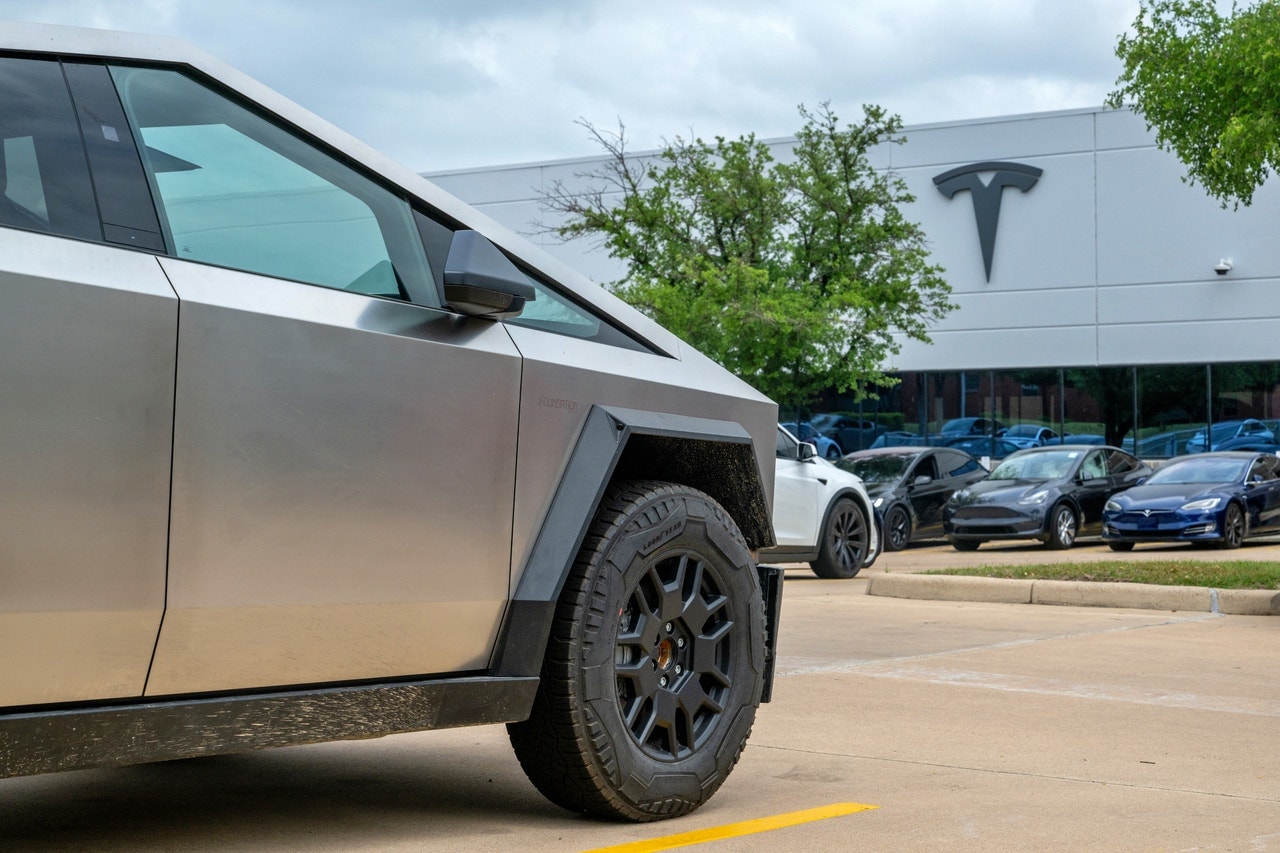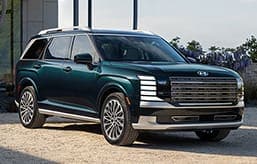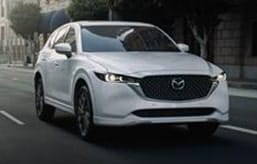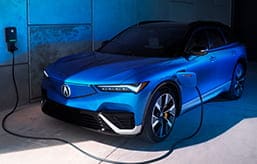- People trading in Teslas tend to switch them out for, oddly enough, gas vehicles.
- Edmunds data shows that more than half of Tesla trade-ins this year are for gas cars.
- Only 32% of Teslas were traded in for other EVs.
More Than Half of Teslas Are Being Traded In for Gas Cars
But those numbers are changing
Photo: Brandon Bell | Getty Images
More than half of Teslas traded in at dealerships so far in 2024 were traded in for a gas vehicle. According to Edmunds data, from January to July of 2024, 51% of used Teslas were traded for gas, and 32% were traded for an EV. If you factor in hybrids, that first number grows to 57%.
This is a big change from the situation five years ago, and suggests a few significant trends. Back in 2019, a whopping 71% of Teslas were traded in for gas cars, while 18% were traded in for hybrids. Only 10% were traded for another EV. Basically, if you were trading in your Tesla in 2019, you were doing it to get the heck out of an EV and back into a car that only needed gas.
Tesla Trade-In Data
Year | ICE | EV | Hybrid | PHEV |
|---|---|---|---|---|
| 2019 | 71% | 10% | 18% | 0% |
| 2020 | 76% | 9% | 14% | 2% |
| 2021 | 72% | 13% | 8% | 7% |
| 2022 | 66% | 21% | 7% | 6% |
| 2023 | 55% | 29% | 8% | 8% |
| 2024 (year to date) | 51% | 32% | 10% | 6% |
If you look at our handy table, you can see that trade-ins for hybrids have declined, while trade-ins for plug-in hybrids have picked up the slack in almost exact proportion. On the whole, PHEVs make up a pretty small percentage of total cars sold. When we checked in May of this year, less than 2% of new cars sold were PHEVs. Conventional wisdom is that PHEVs are a potential transitional step for buyers going from gas to an EV, giving them a reason to install a charger and do some of their driving solely on electricity, so they can dip a toe into the EV world. But this data shows the pipeline is effectively in the other direction. If you’ve bought an EV, you’ve probably installed a charger, so you’re already set up to take advantage of a PHEV. It’s interesting to see Tesla trade-ins going to PHEVs at three times the rate of the market as a whole.
But the big news is that more and more people are opting to trade their Teslas for an EV from a legacy automaker. That makes a lot of sense: Five years ago, legacy automakers just didn’t have vehicles that could compete with Teslas. In fact, the Tesla Model 3 won Edmunds Top Rated Electric Car in 2020, 2021 and 2022, only being unseated in 2023. And while legacy automakers have been catching up to and surpassing Tesla in terms of their offerings, Tesla has been standing still. When we reviewed the refreshed Model 3 Highland, we noted that it made only minor changes to the formula, and for every improvement, there was also a liability. We also haven't been impressed with the Tesla Cybertruck we just bought; it flashed its first "Critical steering issue detected" warning sign with just over 1,000 miles on the odometer.
Edmunds says
We’ll be watching these numbers with interest over the next few years. Especially as legacy automakers opt in to NACS (North American charging standard) and gain access to the Supercharger network — arguably the last remaining practical advantage of a Tesla over any other EV — we expect to see the trend of Tesla trade-ins shifting away from EV flight and toward legacy-automaker EV purchase continue.





 by
by  edited by
edited by